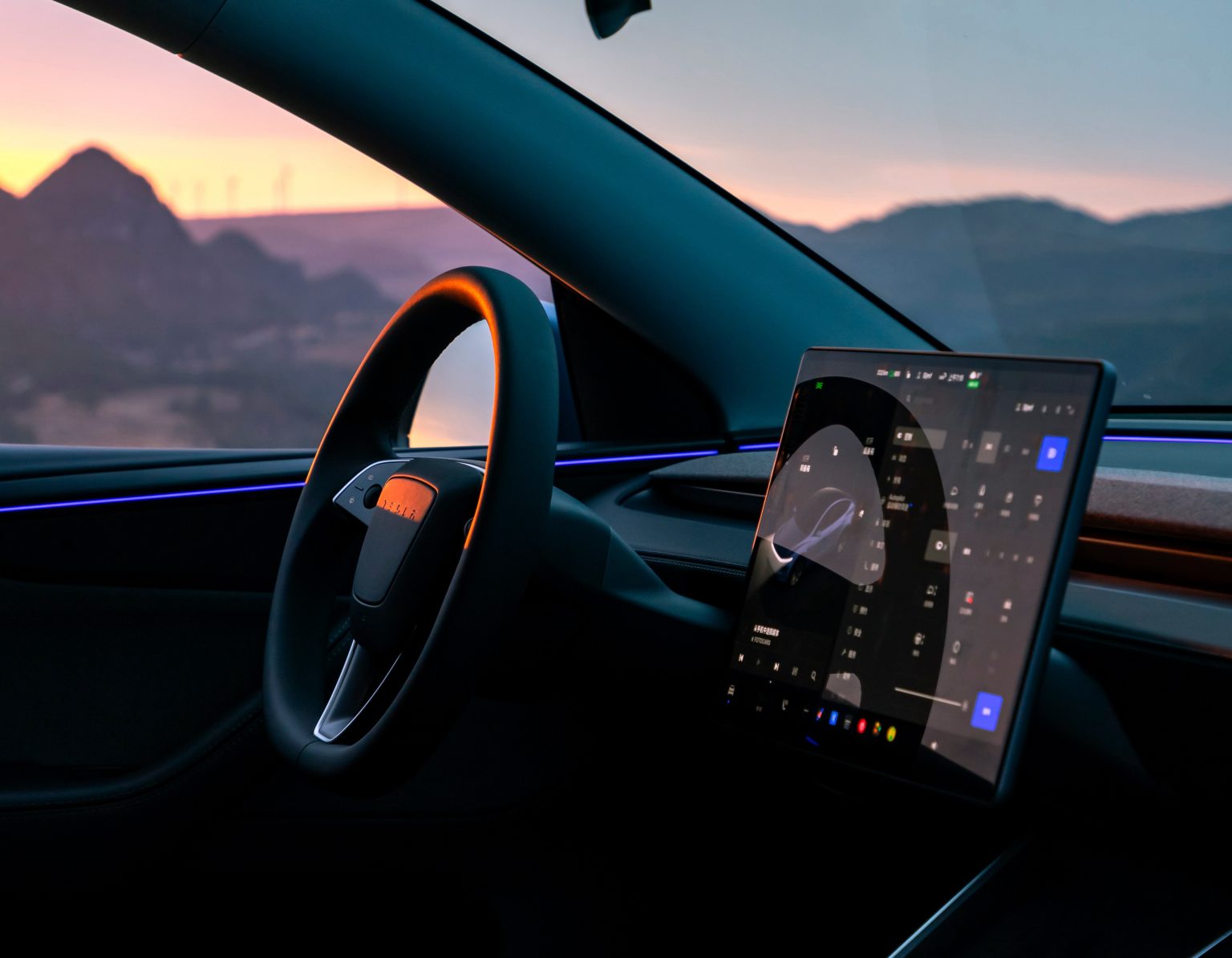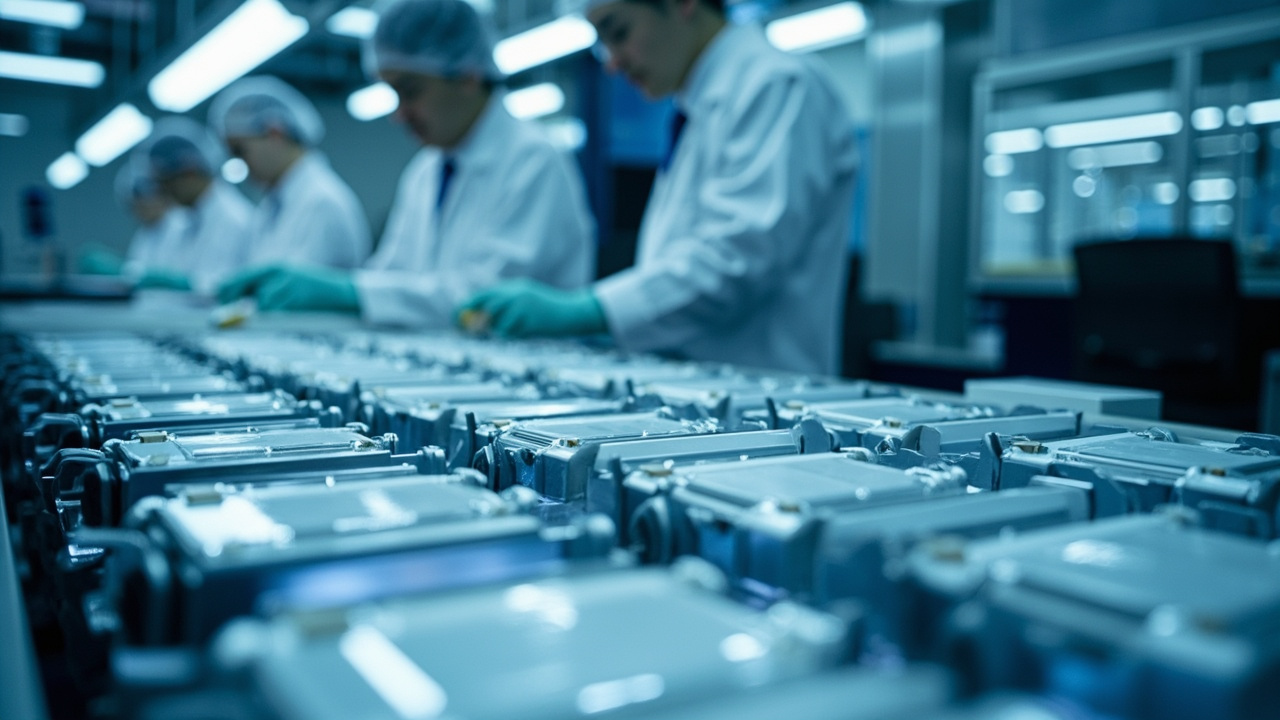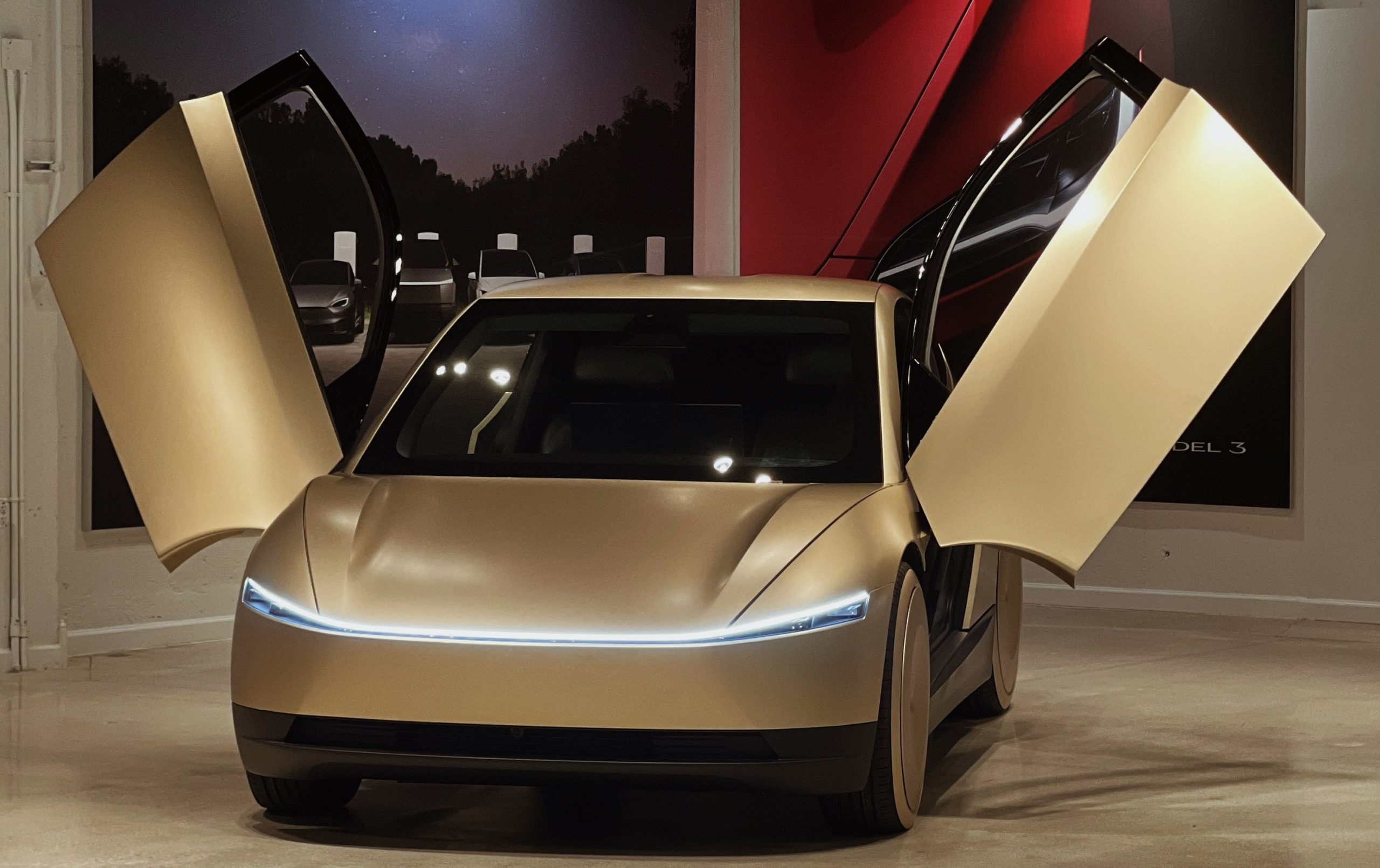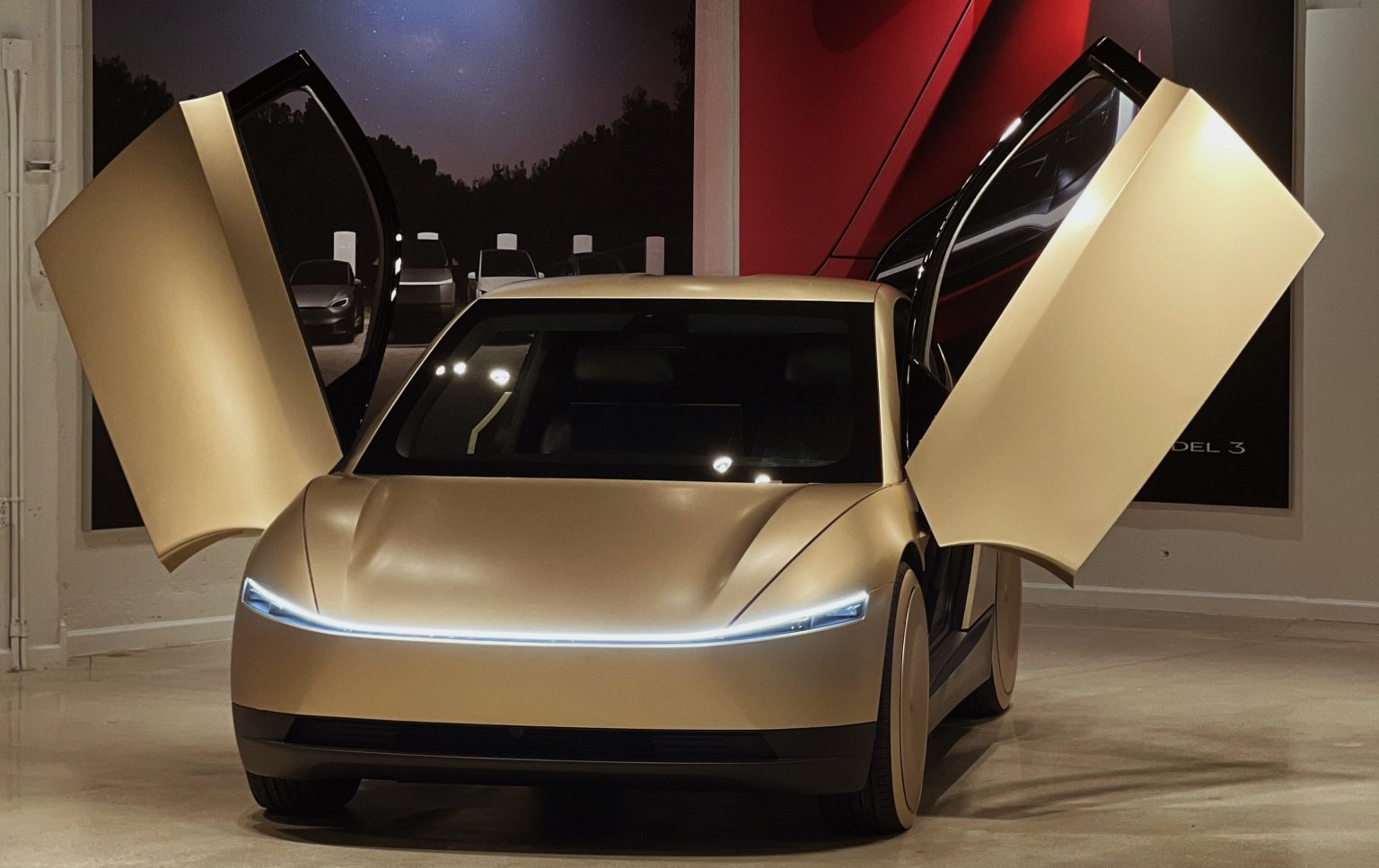Tesla Autopilot Visualization Gets Big Upgrade with New Features
Covers infotainment, ADAS and software updates. Daily: Hyundai Ioniq 5. Project car: NB Miata with a homebrew CarPlay retrofit.
Tesla has rolled out a significant update to its Autopilot visualization system, enhancing its ability to render the vehicle's surroundings on the central touchscreen. This upgrade, which includes a variety of new objects and animations, promises to improve the driving experience for Tesla owners and further differentiate the company in the competitive automotive technology space.
The Autopilot visualization feature is a critical component of Tesla's driver-assistance technology, providing drivers with a real-time display of their vehicle's environment. Historically, this system has been able to identify and illustrate various types of vehicles, pedestrians, and animals. With the latest update, Tesla has expanded this capability significantly, adding a variety of new objects. This includes ambulances, firetrucks, garbage trucks, school buses, European semis, golf carts, and even more nuanced entities such as people on scooters or skateboards, strollers, and street sweepers.
The decision to enhance the Autopilot visualization stems from Tesla's ongoing commitment to refine its Full Self-Driving (FSD) suite. While the visualization technology has improved over the years, it is not without its limitations. For example, if an object is detected by the car's sensors but lacks a specific render, the system defaults to the closest available option, which can sometimes lead to inaccuracies. This was evident in a recent example where a horse and carriage were mistakenly rendered as a small box truck.
Tesla's investment in upgrading its visualization system is part of a broader strategy to maintain its leadership in the electric vehicle market. By offering a more realistic and comprehensive depiction of the road, Tesla enhances its vehicle's safety and user experience. Notably, there are plans to integrate advanced graphics technology, such as Unreal Engine, to further improve the realism of the visual environment. Although Tesla has not officially confirmed these plans, coding found in recent models suggests that such updates could be on the horizon.
These advancements in visualization technology underscore Tesla's unique approach to vehicle autonomy. Unlike some competitors that rely heavily on LiDAR—a technology Tesla CEO Elon Musk has famously dismissed—Tesla focuses on camera-based systems and artificial intelligence to interpret and react to the environment. This philosophy not only reduces hardware costs but also aligns with Tesla's vision of using neural networks to navigate complex driving scenarios.
As Tesla continues to roll out these updates, the implications for the automotive industry are profound. The company's ability to seamlessly integrate new technologies into its existing platform highlights the flexibility and foresight of its software-first approach. For consumers, these updates promise a more intuitive and safer driving experience, reinforcing Tesla's position not just as a leader in electric vehicles, but as a pioneer in automotive software innovation.
About Noah Stein
Covers infotainment, ADAS and software updates. Daily: Hyundai Ioniq 5. Project car: NB Miata with a homebrew CarPlay retrofit.



